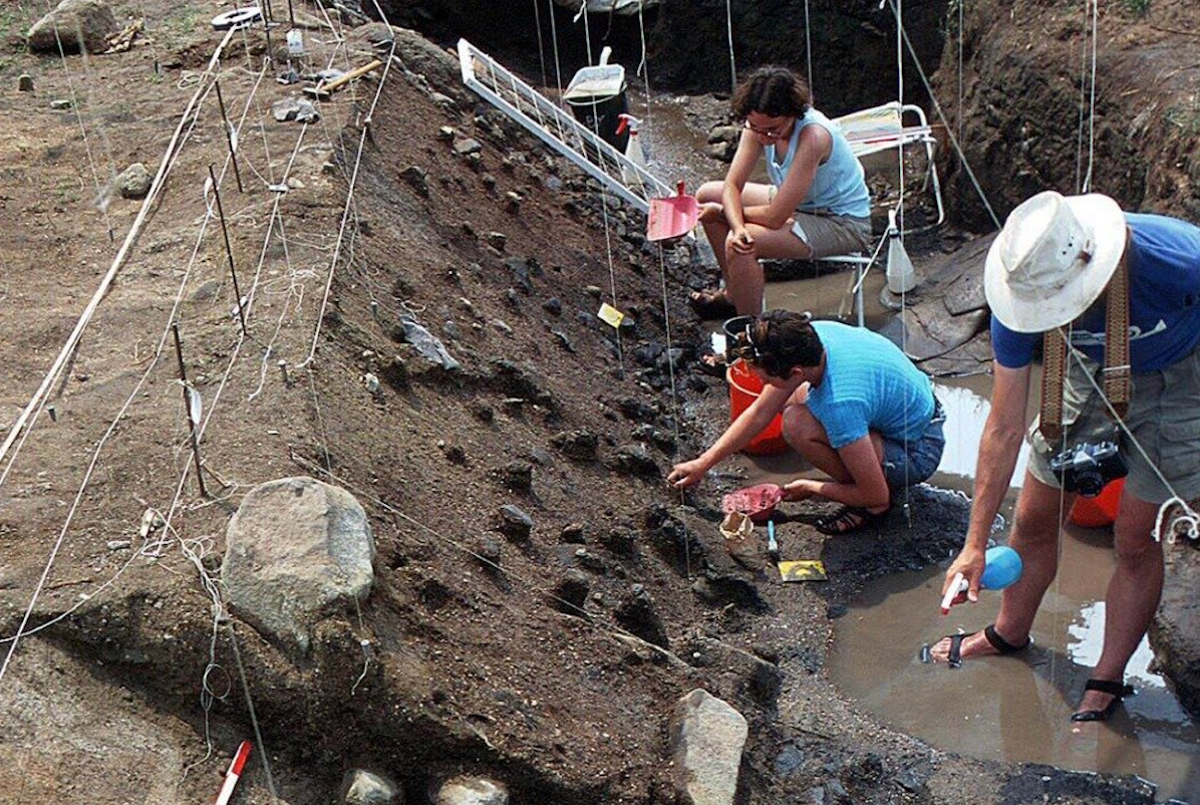Israeli researchers have challenged the long-held notion of a primarily meat-based "paleo" diet for early humans. New findings, published in PNAS, reveal that ancient hominins relied significantly on plants, especially starchy ones, as a primary energy source.
The study, based on 780,000-year-old starch grains unearthed at the Gesher Benot Ya'akov archaeological site, paints a different picture of early human sustenance. Excavations at the site revealed a wealth of plant remnants alongside fossilized animal remains. Critically, researchers found starch grains adhered to basalt maces and anvils, tools used for processing plant foods.
This discovery contradicts the prevailing narrative, often based on heavily preserved animal remains in archaeological records. The presence of plant starch on the ancient tools provides compelling evidence of the critical role plants played in the diet of these ancient humans, including tubers, nuts, roots, and various water plants.
This sophisticated tool use, further suggests a higher level of social interaction and cooperation, as processing plants would require coordinated efforts.
The findings also provide insight into the complex culinary practices of early humans. The diversity of plants identified—including acorns, cereals, legumes, and aquatic plants like the yellow water lily—demonstrates a deep understanding of local environments and seasonal availability of food sources. This parallels the diverse and resourceful approaches to food today.
The implications of this research extend beyond dietary habits, delving into the evolution of human cognitive abilities and social structures. The study authors emphasize the vital role of plant-based foods in human evolution, offering a crucial correction to simplistic, meat-centric perspectives of the past.






